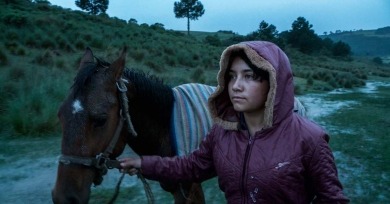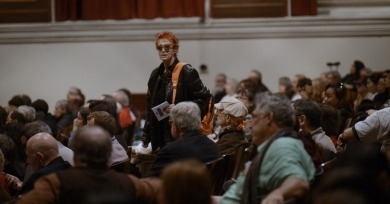Features
The most striking films I saw while attending the 21st edition of True/False Film Fest in the quaint college town of Columbia, Missouri, had me pondering fulfillment and disconnection in the technological age.
The technical bombast retains its power, but the extended cut is concerned with more emotional matters. In the early, banal behavior of the working-stiff crew, in their interactions and the unsaid meanings behind innocuous utterances and the contradictory, incongruous interactions of lapsed lovers, there is authenticity.
This film is incendiary, but it should be discussed not just for its controversy. What makes this film significant is how it engages with the iconography of IP superhero blockbuster cinema and with the trans film image.
While it is now customary to view most online content in this manner, it is still surreal to see vertical images in a cinematic context, despite being, as “Shifting Perspectives” demonstrates, one of the initial ways moving images were conceived in the late 19th century.
Threaded throughout No Other Land are scenes conveying the warm friendship between Abraham and Adra, who is initially skeptical of whether his companion’s exposés will have much effect; their chats, filmed by Szor, are oases of communion and symbolic potential in a rocky, increasingly insecure landscape.
The village first drew Zhang Mengqi back as a subject in filmmaker Wu Wenguang’s Folk Memory Project, a collection of oral histories from people who lived through the Great Famine.
Sure, I make films as an artistic pursuit as an artist, but I make films to help my characters, my friends first.
Shot on a combination of MiniDV, Betacam, and 16mm, Arthur&Diana is laden with nostalgic references. Locations are filmed in color with a handheld camera evoking the Dogme 95 movement.
Midi Z’s film, shot between 2017 and 2023, documents the period leading up to the 2021 coup by the Tatmadaw—Myanmar’s military—that deposed the democratically elected National League for Democracy and installed a military junta.
Prayers for the Stolen showed her preternatural knack for filming space and time in a realist mode, but Tatiana Huezo's approach to her latest work is even more impressive.
Delineating a war requires accounting for tremendous complexity and historical context that’s difficult to capture in 120 minutes. But as this film conveys, the best storytellers are the city streets.
Vardanyan weaves back and forth between depictions of creation and destruction, presence and absence, the emotional and the bureaucratic. That these apparent paradoxes coexist onscreen emphasizes the incomprehensibility of the family’s situation as a whole.
There is this diffusion to the image projected on the glass. The glass has this inherent texture, and the way color looks on it is not natural… it’s not quite like Technicolor, maybe more like two-strip Technicolor, or even some early hand-colored things.
Philly Abe is not just a beleaguered downtown tenant fighting rapid gentrification, she’s also an avatar for a fading New York.
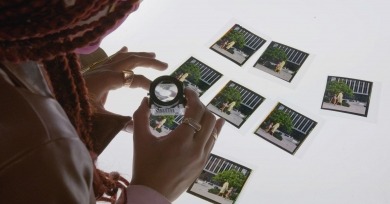

-390x204.jpg)
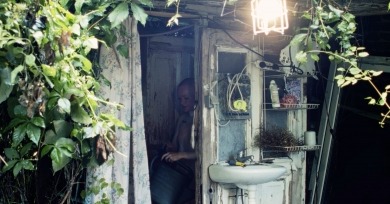
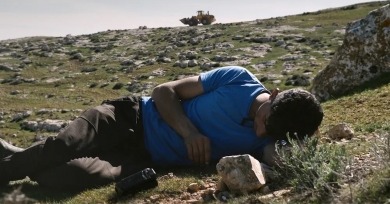



-390x204.jpg)
